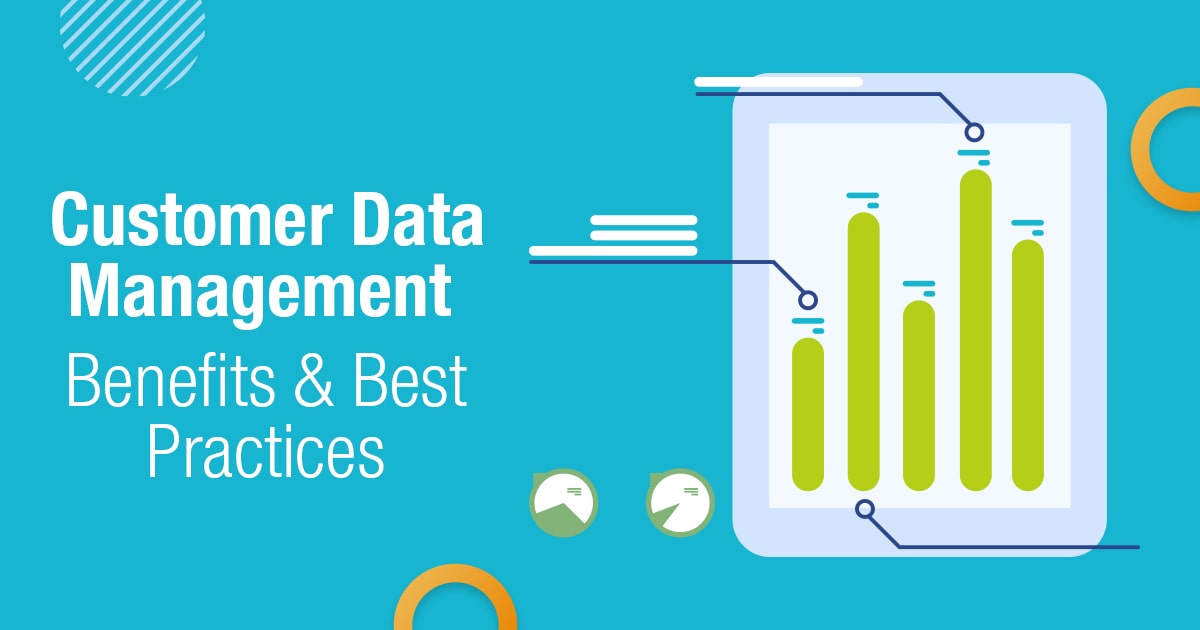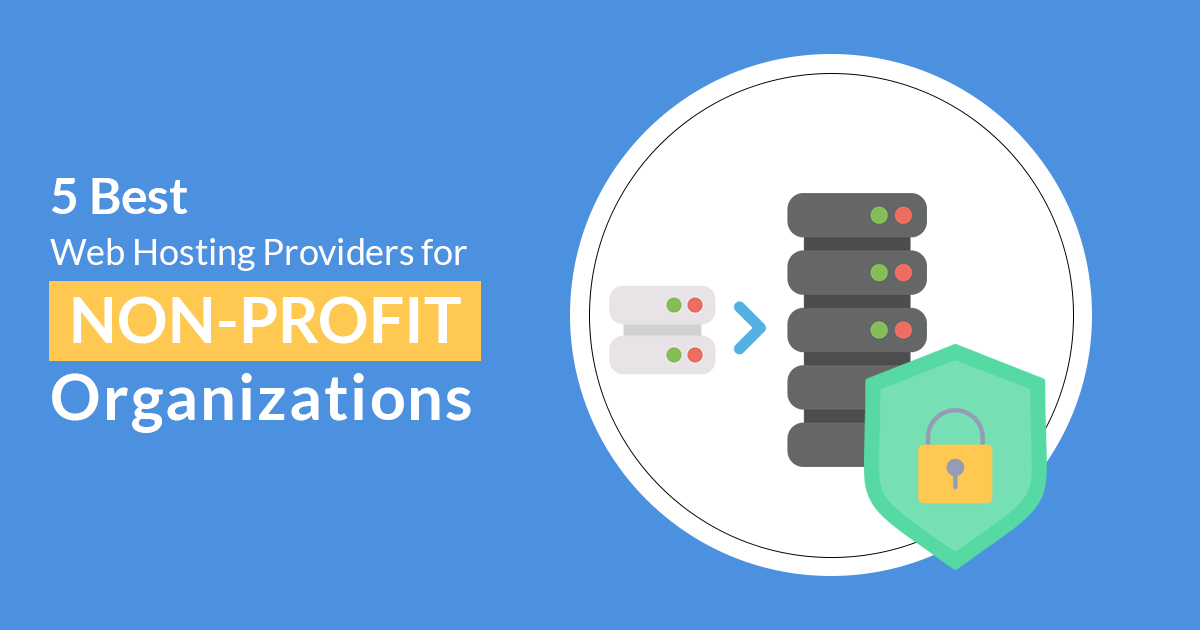Customer Data Management: Benefits & Best Practices

In this data-driven era, customer data management is highly important than anything else for companies and they are constantly gathering a huge amount of customer information and details. Data of customers act as a lifeline for any business. Customer data nowadays is one of the most important types of data that are used by various businesses to optimize and improve their sales and marketing efforts.
This important piece of information contains consumer preferences, behaviors, and needs. However, without any appropriate strategies for customer master data management, this wealth of information will always be unused.
For example – How long a user was on your website before making any purchase can be counted in the customer data. This will help companies to provide each customer with a personalized user experience.
Proper customer database management can lead to a successful marketing and sales approach as this data will provide characteristics and behavior for successful outbound communications. A company needs to understand how its potential customers think and understand in reaching the last stage of the sales funnel. This maintenance of information will always help a company to generate a roadmap to find similar groups of audiences.
Successful companies out there leverage this important information to boost customer retention and conversion rates. By coming up with a solid customer data management strategy, one can collect, organize, and analyze all the information using customer database management software. A data-driven customer experience is important for the success of any company.
Whether it’s your email campaign, social media platform, or website, you will be able to collect the data every time a user is interacting with your brand. By paying close attention to the quality of data, companies should make changes accordingly by building guidelines for data management. With the proper collection of data, create better products, drive more sales, improve user experience, get referrals, build a stronger brand, and enter into a new market.
What is Customer Data Management?
The customer data management process refers to the strategies and processes used by companies to collect and analyze the data of customers effectively. They use tools, strategies, standards, and processes to effectively manage the data by turning it into insightful and detailed customer profiles.
By understanding the needs of consumers in a better manner, they can improve the interaction levels, customer engagement rate, and retention rate. Businesses collect information from dozens of sources and then come up with a unified view of the behavior of users. This process begins by first collecting customer data, how to properly store it, how to organize it, and how to use it.
A reputed customer service outsourcing company will provide a trustworthy customer master data management service by following a data privacy and security policy so that it always stays protected against threats.
Management of information also helps to anticipate the requirements of users beforehand by solving their pain points which will result in better revenue and conversions over time. This management will be performed by collecting the data by your company and used by your company.
It can be anything from how many visitors browse your website on a particular day, demographics of audiences, interaction history, contact information to the final amount of purchases made by them.
An effective customer master data management strategy will help:
- Improve sales and marketing activities
- Enhance customer experience
- Boost conversions and sales
Why customer data management is important?
A Company these days can only grow by fulfilling the needs of users on time and this can only happen when they have a deep knowledge about the behavioral patterns of its customers. By leveraging customer data, companies can obtain the needs of their customers, understand the trends in market, stand higher than its competitors, and make data-driven decisions. It helps in the innovation, growth, and long-term success of a company.
Customer data management (CDM) empowers organizations to gain a deep understanding of their customers. By organizing customer data, companies can get a lot of information about their customer’s behavior, choices, and needs. This knowledge will help them to come up with targeted marketing strategies, make informed business decisions, and provide a personalized user experiences.
It helps in developing operational efficiency by carefully maintaining an up-to-date customer data and streamlining all the processes of sales, marketing, and customer support. A proper CDM helps in increasing engagement rate and customer satisfaction as by using a data, companies can change their products and services to fulfill all the expectations of customers.
How To Select A Customer Data Platform (CDP)?
A customer master data management strategy is easier to implement with the right customer database software. A customer data platform (CDP) is one of the primary tools for customer data management that uses various processes to connect and link data in real-time to customer profiles.
It helps to generate analytics and reports to properly manage customer interactions. CDP platform used data from both first-party i.e. when data directly comes from customers to a business and third-party i.e. when data comes from a third party to the organization.
Data analytics from CDPs can be used by sales, marketing, and other internal teams. Customer relationship management software is generally used by the sales team to know the purchase history of users, monitor and track interactions, and for upselling opportunities.
However, using a CDP, you can get a complete picture of each customer profile, perform data synchronization, and processing of data. A company can use both CRM and CDP software for a successful data management strategy.
For the selection of a customer data platform, first, you need to know the needs and goals that you want to achieve using that platform. Next, you need to ensure that the platform you selected offers an effortless data integration process with mobile apps, websites, CRM systems, or social media platforms.
The data management technology should also comply with the security and privacy policy to safeguard the personal information of customers. You need to choose a CDP that can manage higher data volumes and should be easy to use.
Finally, you can read recommendations and reviews and then select customer data management systems so that you can make an informed business decision and fulfill the requirements seamlessly.
Benefits Of Customer Data Management
Let’s discover some of the greatest benefits of customer data management-
- Making customer segmentation for data management
Customer master data management enables different businesses to properly segment their database based on various aspects like demographics, behavior, and the purchase history of users.
When companies understand this segmentation, they can come up with a new targeted marketing campaign that matches with their unique needs and preferences.
This will help them to boost marketing performances and efforts, lower the acquisition costs, and improve the overall ROI.
- Helps them make informed business decisions
A well-maintained customer data management process helps companies to go through valuable reports about current marketing opportunities, trends, and user behavior.
If a company wants to be successful in the long run, then it has to take an informed decision. Decision-makers of a business can make their choice that goes through demands of customers and marketing dynamics when they will have an access to an up-to-date data.
- Personalization in user experiences
One of the main benefits of customer data management is that it helps to provide a personalized user experience. If you are just using a basic landing page or not making modifications to the elements of your website, then you might experience a downfall in your conversion rate.
By getting data from various customer profiles, one can improve their sales and marketing efforts. By collecting and analyzing past user interaction, individual needs, and buying patterns, businesses can customize their strategies to serve the needs of their users.
- Increasing customer loyalty and retention rate
A firm always depends on its loyal customers. CDM plays an important role as businesses may find out about the risk of customer churn and then come up with a proactive retention measure.
These tactics include offering discounts and rewards to individual customers and solving their pain points. Businesses may generate loyalty, decrease customer turnover, and boosts customer lifetime value by making users feel valued.
- Scope for product development and innovation
Customer data is important for product development ad innovation. Companies can collect feedback from different sources such as social media, surveys, and customer support inquiries.
The analysis will inform them about the needs, wants and expectations of the users. Companies can improve present products and offer new services to meet the needs of clients to stay ahead of the competition.
- Scope for up-selling and cross-selling opportunities
Companies will find cross-selling and upselling opportunities easier with CDM. By using consumer data, they can know which goods and services users generally that goes up with their past purchases.
With this, they can come up with tailor-made offerings to improve the customer experience.
7 Best Practices For Effective Customer Data Management
- Adopting a data-driven strategy in working methods
Companies should use a data-driven culture across different processes of their organization to guarantee an effective customer data management. All the staff and working members at all levels should check statistics before making any major or minor business decisions.
Making decisions on the basis of data not only generates accurate results but also boosts constant improvement and creativity.
- Ensuring data privacy and security in the first place
The privacy and security of customer data are important aspects that should never be ignored. Companies must follow data protection laws such as General Data Protection Regulation (GDPR) and California Consumer Privacy Act (CCPA).
To prevent data breaches, they should use a stronger data security measures such as access limits, encryption and data anonymization.
- Measuring and monitoring data management performance
Data management procedures should be ensured on the basis of monitoring and measurement of performances. Key performance indicators (KPIs) should be used for data quality, processing speeds, and data accuracy.
Companies should find out areas that need improvement and make necessary changes in their strategy.
- Clearly specify data management objectives
Businesses should explicitly establish their data management objectives before starting any data management initiatives. These goals must to be in line with the organization’s overarching business objectives and plans.
Having clearly stated goals gives the data management process a direction, whether the emphasis is on strengthening product development, optimizing marketing efforts, or improving customer experience.
- Perform a data accuracy procedure
Data accuracy can be influenced when it is collected, but it can also be affected months or years later because data changes with time – this is known as data decay. When a corporation lacks a defined data governance policy, data inaccuracies can occur at the moment of collection.
Even simple data points like dates, for example, might lead to data inaccuracies. Do you gather dates in the MM/DD/YYYY format or the DD/MM/YYYY format?
Data inaccuracy can also occur if data-collecting events are not properly configured.
- Train your data collection team members
Having a protocol and policy in place is one thing; making sure staff are aware of them is quite another. Anyone who deals with data should be trained in the right approach and techniques.
For example, having consistent data entry practices can help with data quality, and understanding potential security threats can help ensure data protection.
Remember to run refresher courses and update training to reflect any changes or advancements that occur.
Final Thoughts
Users these days don’t want personalization until it gives them some great benefits using the right channel and at the correct time.
With so many different ways to manage, acquire, and analyze consumer data, it’s important to have a plan to manage that data while carefully considering what of type data you need in the priority.
A proper technology is needed to ensure that your business is on top of its competitors.





